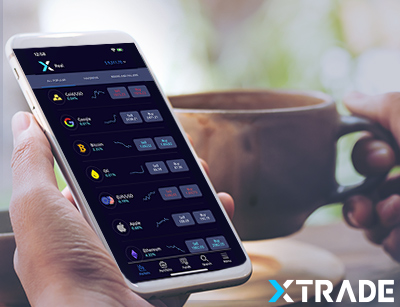Best Forex Strategies for Traders
By Content-mgr - on December 20, 2015Forex strategies, or “how to trade forex” are an important element in the online trading world. This post will elaborate on what is forex, what are the winning strategies and how to use available tools, including forex charts.
The focus here will be on methodology, that is, approaches which have proven successful. Implementation of specific forex strategies is trickier to convey because of specifics inherent in any given trading instance, but if a profitable means is devised and understood, the inevitable personalization can easily be derived.
The following trading methodologies can work for you as they have for others. This list is not offered as comprehensive or even systematic, only as a set of helpful insights. Learning and using these techniques requires a continued enthusiasm and willingness to systematize your activity. Maintain rigorous trade books detailing your activity. Review the forex charts on which you based your decision making.
Forex Strategies
Also, take brakes from trading. Step back and contextualize to allow yourself to develop a perspective.
1) Trends
The truism holds: The trend is your friend. Over time, prices go up and they go down. And they go sideways. The insight here is the correct identification of trade action and movement patterns. Even in the case of pretense where the “recognized pattern” is an artifice, the usage in trading has a self-fulfilling confirmation and simple rules can yield a profitable trading regime.
2) Price Action
Price, a leading indicator, is the only variable. All you need to develop rules are in the price movement alone. Specify your entry points and exit points by price thresholds along. The logic here is that price movement is the ultimate reflection of human behavior and as such embodies predictable and repeated patterns. In and of itself, without any super-imposed artificiality or arbitrary patterns. PA can be analyzed using forex charts but in our 21st century hyper-computational environment, the default means of analysis is algorithms, using cloud data and computing and transmitted to smartphone wielding traders.
3) Divergence
This framework is a generalized method of using contra-indicators in an oscillating manner. Various parameters are continually reevaluated in comparison to one another to understand better causality and associativity.
4) Resistance/Supply, Demand, and Volume Trading and Breakout/Support
The flip side of trends is sideways action, a trading range within boundary limits. In this instance, expectations of boundary trading are fulfilled. Expertise here requires a greater understanding of non-price deterministic dynamics with factors such as volume and off line supply / demand parameters
5) Basket
Here, the correlation of forex movement, stemming from a temporal or permanent association between nations motivates traders to turn to factors affecting a group, like, for example, emerging market economies or commodity extraction economies. Thus forex chart watchers analyze currency groupings as baskets when exogenous variables enter consideration and evaluate the significance of the effects on overall movement.
How to trade forex
Each of these methodologies is worthy of consideration and traders are advised to try each in its stead in the attempt to understand how to trade forex. Additionally, to understand what is forex, and what are the appropriate forex strategies to use, a broader perspective is required.
 First Deposit Bonus
First Deposit BonusFirst Deposit Bonus | Phone Verification | First Trade on us | Account Verification













